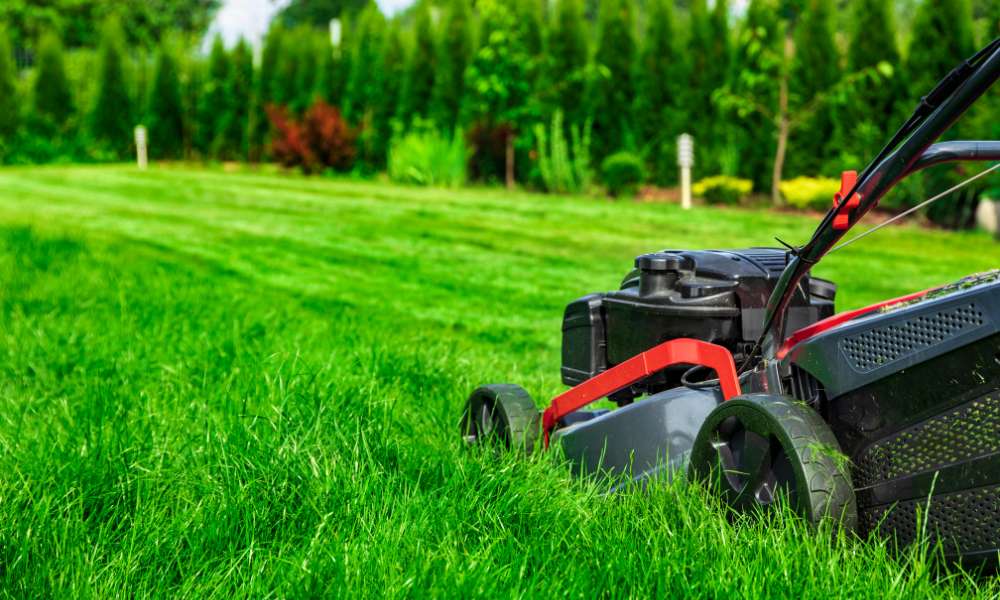Dethatching your lawn plays a pivotal role in maintaining its health and beauty, offering numerous benefits that cannot be overlooked. This vital process involves removing the thick layer of dead plant material, known as thatch, which can hinder water, nutrients, and air from reaching the soil and grassroots. Understanding how to dethatch a lawn is crucial because it promotes healthier grass growth, enhances the effectiveness of fertilization, and improves water penetration. By taking the time to dethatch your lawn, you’re investing in its long-term vitality and ensuring it remains lush, green, and inviting. Stay tuned to uncover the essential steps and learn why this task is so important for your yard’s wellbeing.
What Is Thatch And Why Is It Important To Dethatch A Lawn?
Thatch is a layer of dead grass, roots, and other organic matter that accumulates between the soil and the green grass in your lawn. While a thin layer of thatch can be beneficial as it helps retain moisture and provides insulation, an excessive buildup can cause problems. Dethatching is important to remove this thick layer of thatch because it can prevent water, air, and nutrients from reaching the soil and roots of the grass. This can lead to poor drainage, disease susceptibility, and hindered growth of new grass.
How Do I Know If My Lawn Needs Dethatching?
Dethatching is the process of removing the layer of dead grass, roots, and debris that can accumulate on a lawn over time. One way to determine if your yard needs dethatching is by examining the thickness of the thatch layer. If it is more than half an inch thick, it may be time to dethatch. Another sign to look for is if water is pooling on the surface of your yard instead of being absorbed, which could indicate that the thatch layer is preventing proper drainage.
Using Organic Remedies
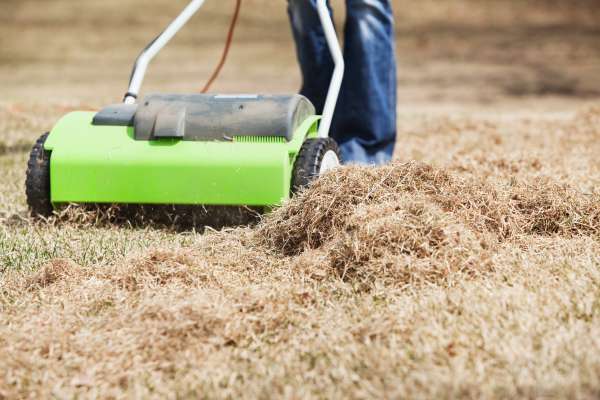
Integrating organic remedies like dethatching into your yard care regimen aligns with modern trends towards eco-conscious living and sustainable landscaping practices. With awareness around environmental impact rising, more homeowners are choosing gentle yet effective methods to maintain their lawns without compromising on health or sustainability. Embracing these natural approaches not only nurtures vibrant green spaces but also supports a greener planet by minimizing chemical runoff and promoting biodiversity in our ecosystems. Consider incorporating these simple yet impactful techniques into your gardening routine for a healthier, happier yard that thrives organically.
Setting The Correct Blade Height
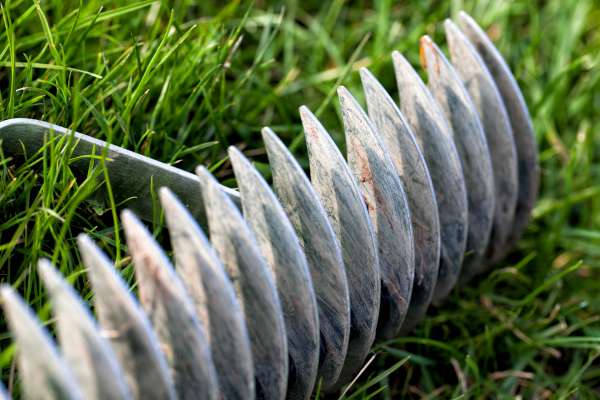
Adjusting the blade height of your dethatching tool is crucial for effective lawn dethatching. The ideal height varies depending on your grass type and the thickness of the thatch layer but generally should be set to remove the thatch without damaging the healthy underlying grass roots. A common recommendation is to set the blade to penetrate the soil slightly, about 1/2 inch, ensuring that it effectively cuts through the thatch. Properly setting your blade height prevents damage to your land while ensuring that the dethatching process is as efficient as possible.
Collecting Thatch Debris
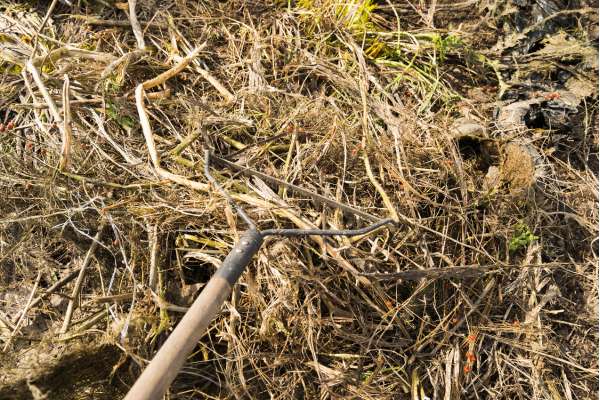
After dethatching, collecting the loosened thatch debris is a critical step. This not only cleans up your lawn, making it look neat and well-maintained, but also prevents the removed thatch from forming a barrier on the soil surface, which could hinder water, air, and nutrient flow. You can use a yard sweeper, rake, or even a bagging mower to collect the debris. Regularly removing this organic material from your yard’s surface encourages healthier grass growth and reduces the likelihood of pest and disease problems.
Removing Excess Debris
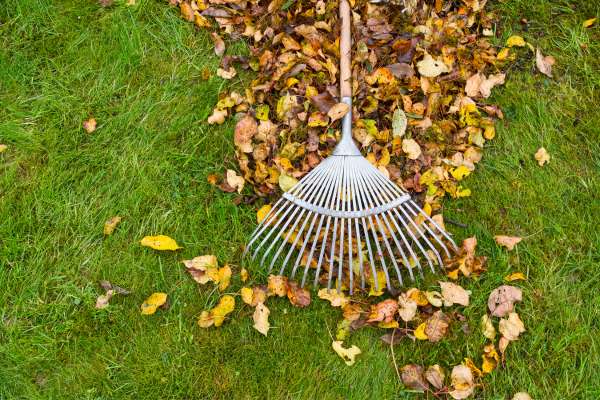
In addition to using mechanical tools, another method to remove excess debris is by aerating the lawn. Aeration involves creating small holes in the soil to improve air circulation and water penetration. This process not only helps alleviate compacted soil but also promotes healthier root growth. By combining dethatching with aeration practices, you can effectively rejuvenate your yard and ensure its long-term health and vitality.
Proving Fertilizer For Lawn Recovery
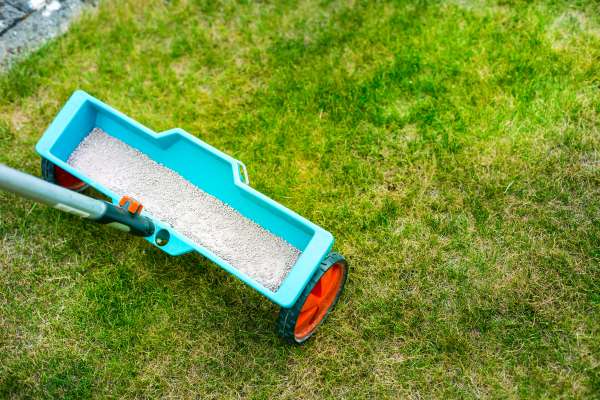
Providing the right type of fertilizer is essential for promoting growth and health. Dethatching your yard before applying fertilizer can significantly improve its effectiveness by allowing better soil penetration and nutrient absorption. Consider using a slow-release nitrogen-based fertilizer to gradually feed your yard and avoid burning or overloading it with nutrients. Additionally, choosing a balanced fertilizer with added micronutrients can help address specific deficiencies in your soil, resulting in lush greenery and improved root development.
Monitoring Lawn Recovery
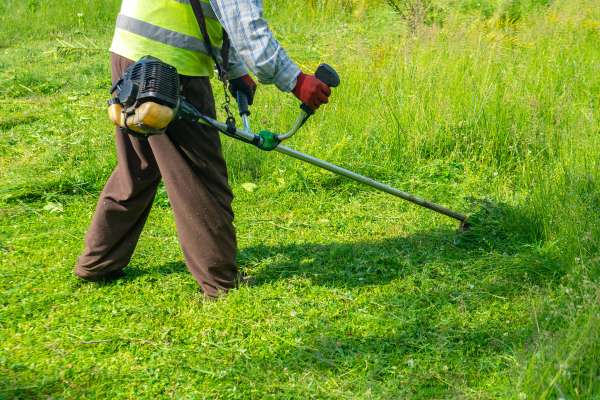
After implementing methods to get rid of clover in your lawn, it is crucial to monitor the recovery process closely. One key aspect to focus on is the growth of grass in the areas previously infested with clover. Observe whether the grass starts spreading and thriving, indicating a successful eradication of clover and restoration of a healthy yard.
Using Lime or Sulfur for pH Adjustment
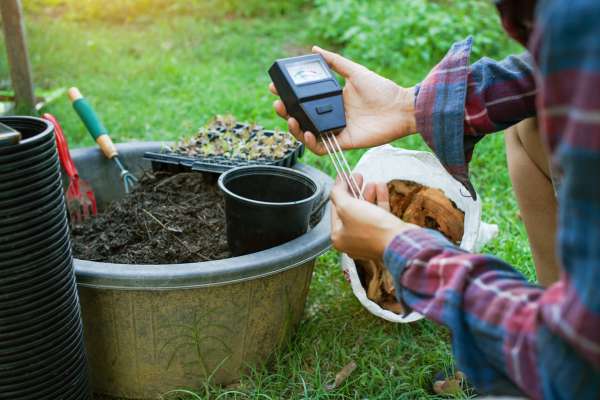
The pH level of your soil plays a significant role in how effectively your lawn can absorb nutrients. After dethatching, testing the soil pH and adjusting it with lime (to raise pH) or sulfur (to lower pH) can significantly impact your lawn’s health. If the soil is too acidic or alkaline, nutrients can become locked up, unavailable to your grass. By adjusting the pH to an optimal level, you ensure that your yard can efficiently utilize the nutrients from fertilizers, thus supporting a stronger, more vibrant turf.
Factors Influencing Dethatching Frequency
Several factors determine how often you should dethatch your lawn, including grass type, soil type, climate, and the intensity of lawn use. Grasses that naturally produce a lot of thatch, like Kentucky bluegrass, may require more frequent dethatching. Similarly, lawns on clay soil, those in moist climates, or heavily used lawns might accumulate thatch more quickly. Understanding these factors can help you establish a dethatching schedule that keeps your yard healthy without overdoing it, ensuring your turf remains in top condition year-round.
Safeguard Measures Against Weed Growth
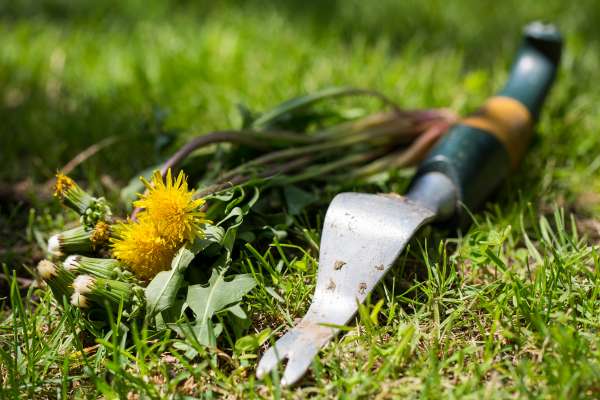
When it comes to safeguarding your lawn against weed growth, an essential practice is dethatching. Thatch buildup can provide a hospitable environment for weeds to take root and thrive, so regular dethatching is crucial for maintaining a healthy yard. To effectively dethatch your lawn, use a specialized dethatching rake or machine to remove the layer of dead grass and debris that accumulates between the soil and healthy grass blades.
Celebrating A Revitalized Lawn
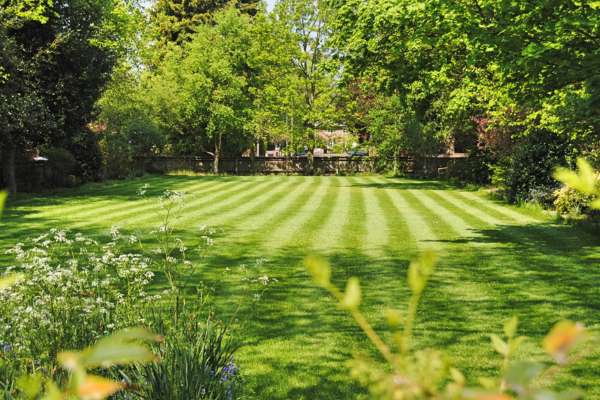
To revitalize your lawn, one essential step is dethatching. This process involves removing the layer of dead grass and roots that can build up on the soil surface over time. By using a specialized dethatching tool or machine, you can effectively loosen the thatch and allow water, nutrients, and air to penetrate the soil more easily. This helps promote healthier grass growth and improves overall land health.
The Final Thought
Dethatching your lawn is a crucial step in maintaining its health and appearance. By removing the layer of dead grass and debris, you allow water, air, and nutrients to penetrate the soil more effectively. Remember to choose the right time of year for dethatching, use the appropriate tools or equipment, and follow proper techniques to avoid damaging your yard. Regular dethatching can promote lush growth and prevent issues such as thatch buildup and pest infestations. Take the necessary steps to dethatch your lawn today for a greener and healthier outdoor space.
